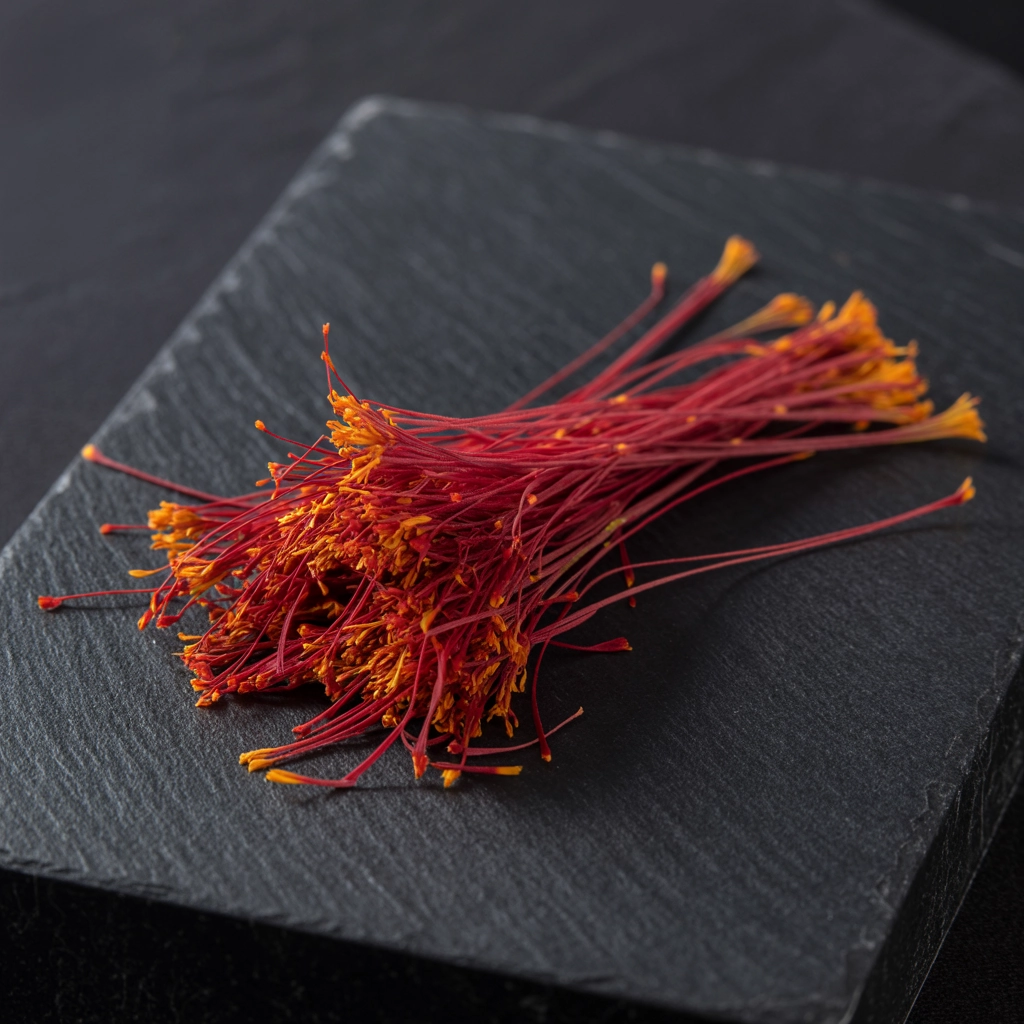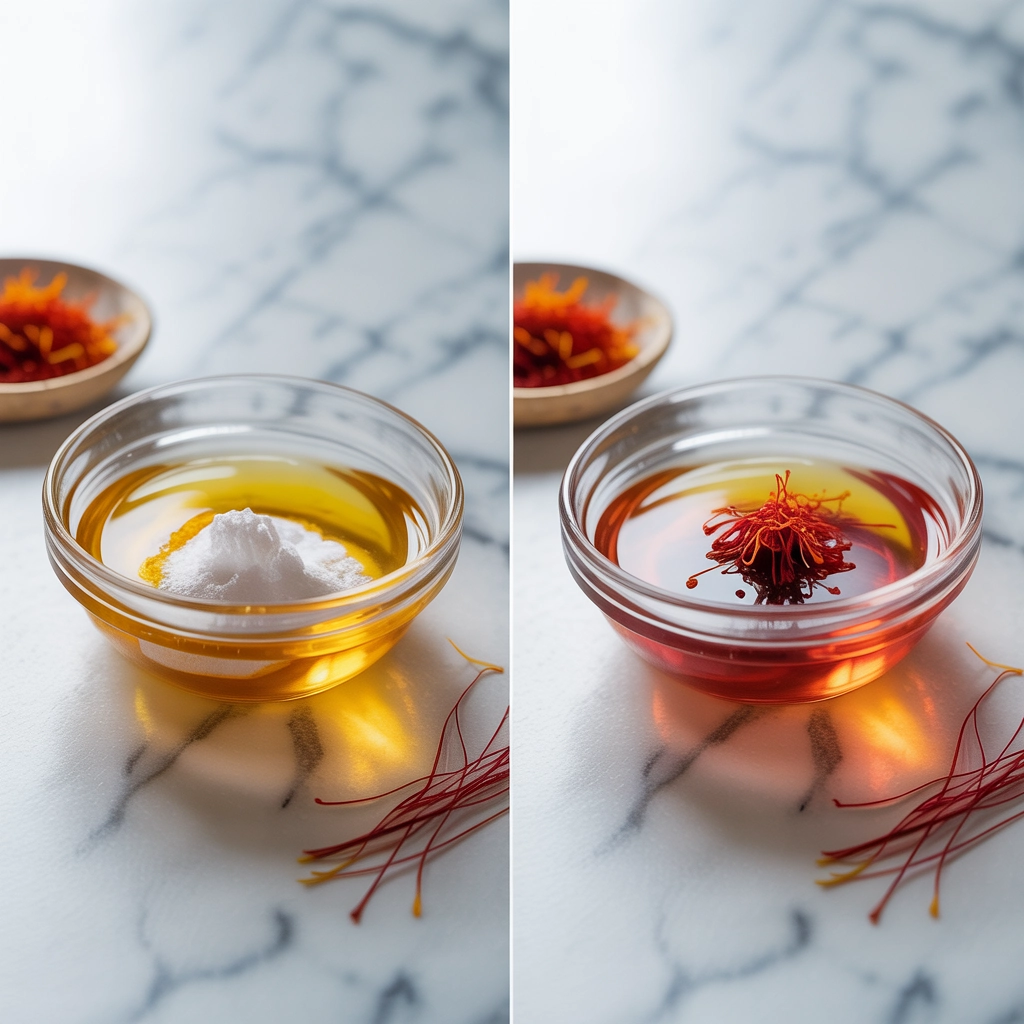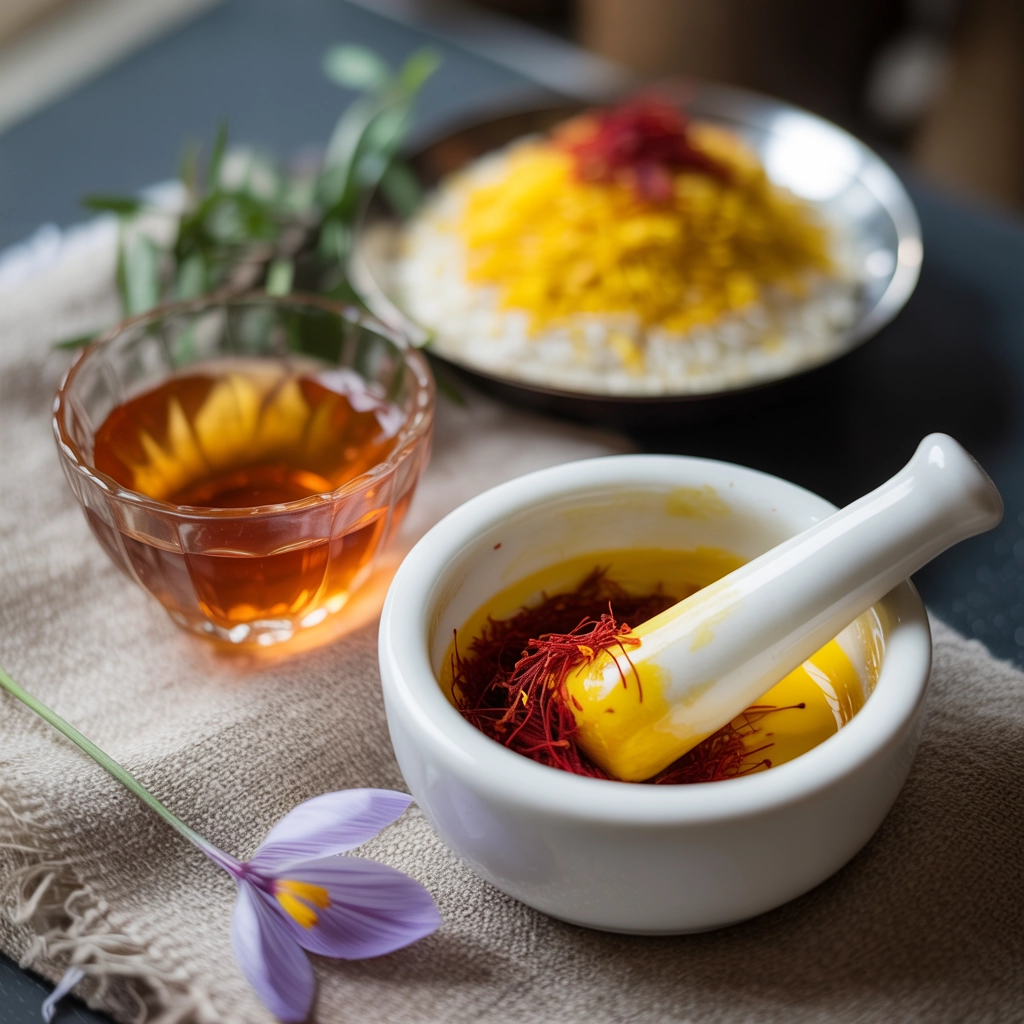The Persian Saffron Tea Ceremony: Tradition, Wellness, and a Golden Glow
Rooted in Tradition. Saffron by Nature. Glow from Within—Naturally. Across centuries and continents, the Persian
Saffron, often called “the red gold,” has enchanted cultures for millennia—gracing Persian feasts, infusing wellness rituals, and coloring celebrations with its unmistakable hue and aroma. But as saffron’s popularity rises globally, so does the challenge of finding truly authentic, high-quality threads.
Whether you’re a culinary enthusiast, a wellness seeker, or simply curious about this ancient spice, knowing how to recognize premium saffron is essential. With prices ranging from $5 to $50 per gram, saffron is the world’s most expensive spice—and unfortunately, one of the most commonly adulterated.
At Zarafron, we’re deeply passionate about sharing the timeless benefits of pure Persian saffron with the world. As we prepare to launch our line of premium saffron and saffron-infused wellness products, we want to empower you to identify good saffron, no matter where you buy, with a guide to sourcing the world’s most precious spice.
Not all saffron is created equal. The finest saffron comes from the crimson stigmas of the Crocus sativus flower, painstakingly harvested by hand during a brief annual flowering season. Each flower produces just three stigmas, and it takes approximately 170,000 flowers to produce a single kilogram of saffron threads.
This labor-intensive process explains saffron’s price, but also why it’s frequently counterfeited. Here’s a guide to sourcing the world’s most precious spice, ensuring you’re getting the authentic experience:
High-quality saffron threads are deep crimson with subtle orange-gold tips. The color should be uniform throughout—dull, pale, or entirely yellowish threads may indicate poor quality, aging, or adulteration. The intense red hue signifies rich crocin content, the antioxidant responsible for saffron’s famed color and many of its health benefits.
Authentic saffron threads are trumpet-shaped, with a thicker end that gradually tapers. They should appear dry but not brittle, and never sticky or oily to the touch. Watch out for these red flags:

Quality saffron comes in protective packaging that shields it from light, moisture, and air—typically dark glass containers or airtight packages with UV protection. Be wary of saffron sold in clear containers that expose the threads to light, which degrades their quality over time.
Good saffron has a distinct, heady fragrance—earthy, slightly sweet, and reminiscent of honey and hay with floral undertones. This complex bouquet comes from safranal, the volatile compound that gives saffron its characteristic aroma.
If the saffron smells musty, metallic, or has little fragrance at all, it’s likely old, impure, or fake. Fresh, high-quality saffron should have a pronounced but pleasant aroma that fills the room when you open its container.
True saffron has a subtle, bittersweet flavor profile—never metallic or overly bitter. While tasting raw saffron isn’t recommended in large quantities, a single thread will offer a clean, floral note with a hint of earthiness.
The taste should develop gradually, with complexity that unfolds over time. An immediate, overpowering flavor often indicates artificial additives.
Gently rub a saffron thread between your fingers. It should feel dry and somewhat firm—not brittle enough to crumble into powder, but not moist or sticky either. When slightly dampened, authentic saffron will release a golden-yellow color onto your fingers, not a bright red that suggests artificial dyes.
This classic test separates genuine saffron from imposters:
For a more definitive chemical test:

Reputable brands will provide information on purity, origin, and lab testing. Look for:
Saffron is typically graded based on several factors:
Professional lab testing measures these compounds precisely, with Category I saffron containing the highest levels of beneficial compounds.
Saffron’s legendary benefits—for mood, skin health, and overall wellness—depend entirely on its purity and potency. Research shows that saffron’s active compounds offer potential benefits for:
However, these benefits are only possible with genuine, high-quality saffron that contains the full spectrum of bioactive compounds. Lower-quality or adulterated saffron simply can’t deliver the same results, whether you’re infusing a dish, sipping a wellness elixir, or nurturing your skin.

At Zarafron, our mission is to honor the heritage of Persian saffron while upholding the highest standards of quality, beauty, and intention. As we prepare to launch, we’re committed to sourcing only the purest, most vibrant saffron—tested for authenticity and crafted with care.
Our saffron will be:
Our goal is to offer you saffron products that are as exquisite and trustworthy as the traditions that inspire us—whether for culinary creativity, wellness rituals, or moments of connection.
Choosing good saffron is about more than just flavor—it’s about connecting with a legacy of wellness, hospitality, and artistry that spans centuries. When you experience truly premium saffron, you’re participating in a tradition that has brought color, aroma, and healing to cultures around the world.
Whether you’re preparing a special feast, creating a saffron-infused beauty ritual, or simply seeking the gentle wellness support that only pure saffron can provide, knowing how to identify quality ensures that your experience honors both the spice and its rich heritage.
As Zarafron gets closer to launch, we’ll be sharing more educational resources, recipes, and stories celebrating the world of saffron. We invite you to join our early access waitlist and be the first to experience our premium saffron products when they become available.
Sign up today to receive exclusive pre-launch offers, educational content, and the opportunity to be part of our founding community of saffron enthusiasts. Together, we’ll rediscover this ancient treasure and its ability to help us glow from within, naturally.
Join our waitlist and become part of the Zarafron journey as we bring the magic of the world’s most precious spice to your door.
Rooted in Tradition. Saffron by Nature. Glow from Within—Naturally. Across centuries and continents, the Persian
Discover World’s Most Precious Spice People cherish saffron—the “red gold” of spices—for its vibrant color,
Saffron has captivated humanity for millennia. This vibrant crimson spice—often called "red gold"—carries a legacy
We use cookies to improve your experience. Manage your preferences anytime. See our Privacy Policy.
Websites store cookies to enhance functionality and personalise your experience. You can manage your preferences, but blocking some cookies may impact site performance and services.
Essential cookies enable basic functions and are necessary for the proper function of the website.
You can find more information in our Privacy Policy and Privacy Policy.